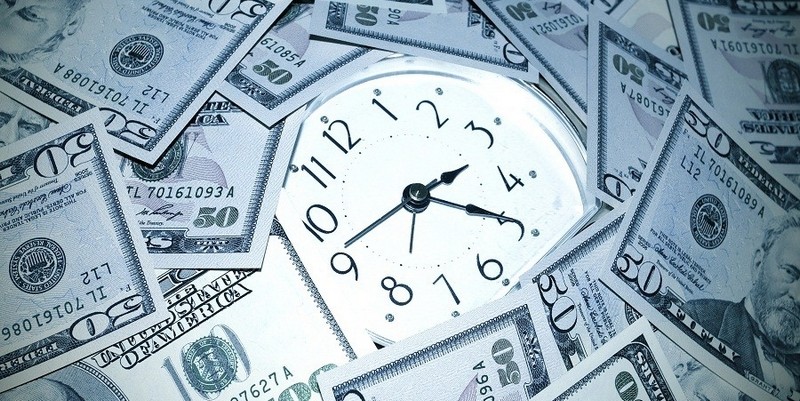A fund that sets its 30-stock portfolio once a year and sits still is running rings around the competition.
SunAmerica Focused Dividend Strategy fund (FDSAX) chooses 30 stocks with above-average dividends each year and sits on them. “We watch those companies every day, we know them well, but we don't have a hand on the trigger,” said lead manager Timothy Pettee.
The $11.5 billion fund's methodology starts with some real dogs — the
Dogs of the Dow. These are the 10 members of the Dow Jones Industrial Average with the highest dividend yields. The blue-chip Dow stocks usually don't have high yields because their directors are swell people who like to dole out cash. Typically, the stocks have high yields because their prices have fallen — meaning they're undervalued.
Managers choose the other 20 stocks based on a proprietary screen — starting with the requirement that they have a higher dividend yield than the median dividend-paying stock in the S&P 500. (That universe has a slightly higher yield than the S&P 500, because some S&P 500 stocks don't pay dividends.) The stocks are then screened for profitability and valuation.
Excluded: Utilities and bank stocks. Most fund managers add utilities for yield, but Mr. Pettee said that the Dogs of the Dow portion of the portfolio takes care of yield, as does the initial screen for above-average yield on the remaining 20 stocks. Bank stocks typically don't have the return on capital that the fund's rules require, mainly because of regulatory requirements. “We dodged a bullet in 2008, but gave up some performance on the rebound,” Mr. Pettee said.
The value-based formula has led the fund to some fortuitous positions this year, helping the fund gain 8.88% through Wednesday, almost five percentage points better than the S&P 500 with dividends reinvested. In particular, consumer discretionary stocks, such as Coach (COH), up 26.5% this year with a boost from a 3.38% dividend yield. “It was everyone's whipping post, but lo and behold, it turned itself around,” Mr. Pettee said.
Other funds have attempted a Dogs of the Dow strategy, with less success.
Hennessy Total Return (HDOGX), for example, buys the Dogs of the Dow, but keeps a quarter of the portfolio in cash. The Hennessy Balanced fund (HBFBX) maintains a 50-50 split between Dogs and cash. The past 10 years, Hennessy Total Return has gained an average 5.46% a year, and Hennessy Balanced has returned an average 3.95%.
One possible competitor is an exchange-traded note — Elements Dogs of the Dow HY Select 10 Total Return (DOD). It has gained 18.89% this year, and 14.69% the past five years. The fund is an unsecured note that pays no dividends.
Even though
dividend stocks have had a big runup this year, Mr. Pettee said finding 30 stocks that fit the screen isn't difficult. And companies that no longer meet the dividend hurdle get pushed out for those that do, which keeps the fund from holding overvalued stocks.
Before the hyperinflationary 1970s, you were supposed to buy dividend stocks when the dividend yield of the S&P 500 was greater than the yield on the 10-year Treasury note. That seemed like a quaint notion until recently, when the bellwether note's yield swooned below 2%.
“The quest for yields has turned into the need for yield,” Mr. Pettee said. “The dividend trade is not over.”







